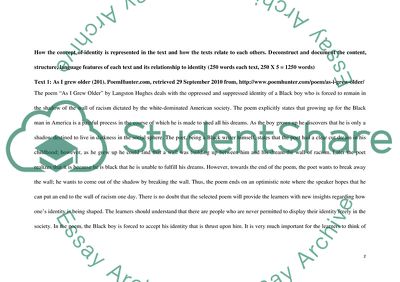Cite this document
(The Various Factors Determining Human Identity Research Paper, n.d.)
The Various Factors Determining Human Identity Research Paper. Retrieved from https://studentshare.org/sociology/1742154-order
The Various Factors Determining Human Identity Research Paper. Retrieved from https://studentshare.org/sociology/1742154-order
(The Various Factors Determining Human Identity Research Paper)
The Various Factors Determining Human Identity Research Paper. https://studentshare.org/sociology/1742154-order.
The Various Factors Determining Human Identity Research Paper. https://studentshare.org/sociology/1742154-order.
“The Various Factors Determining Human Identity Research Paper”, n.d. https://studentshare.org/sociology/1742154-order.


